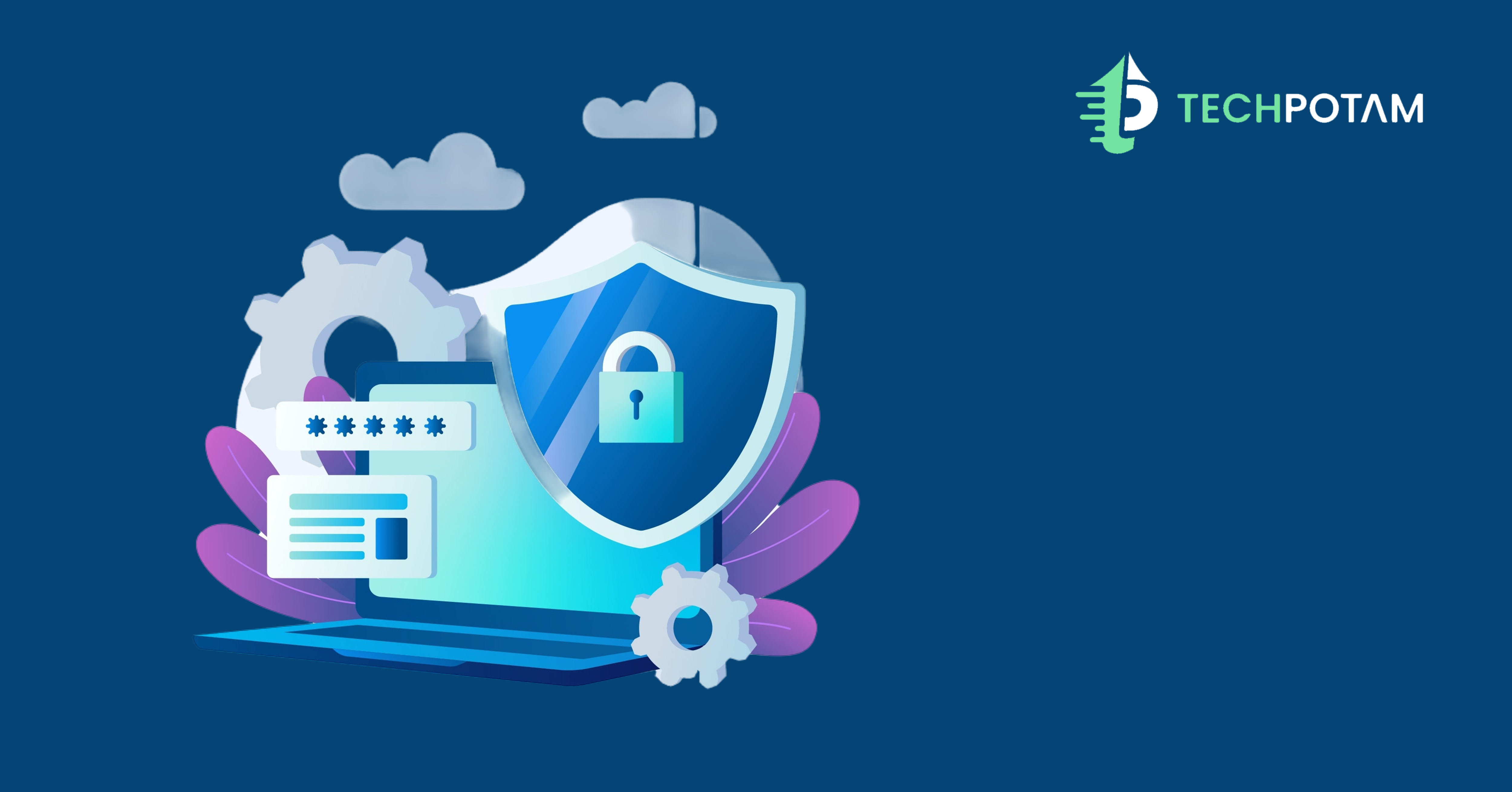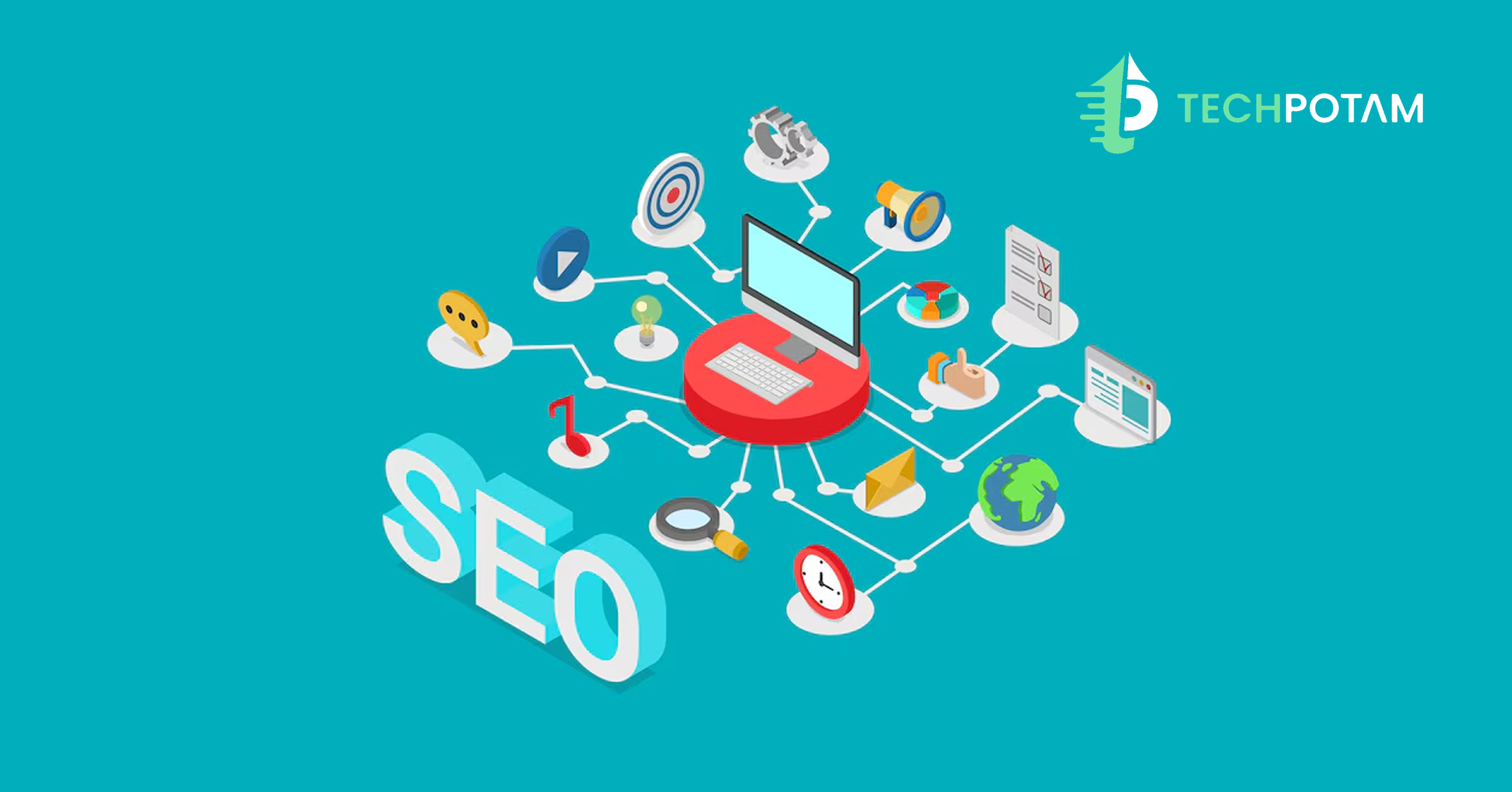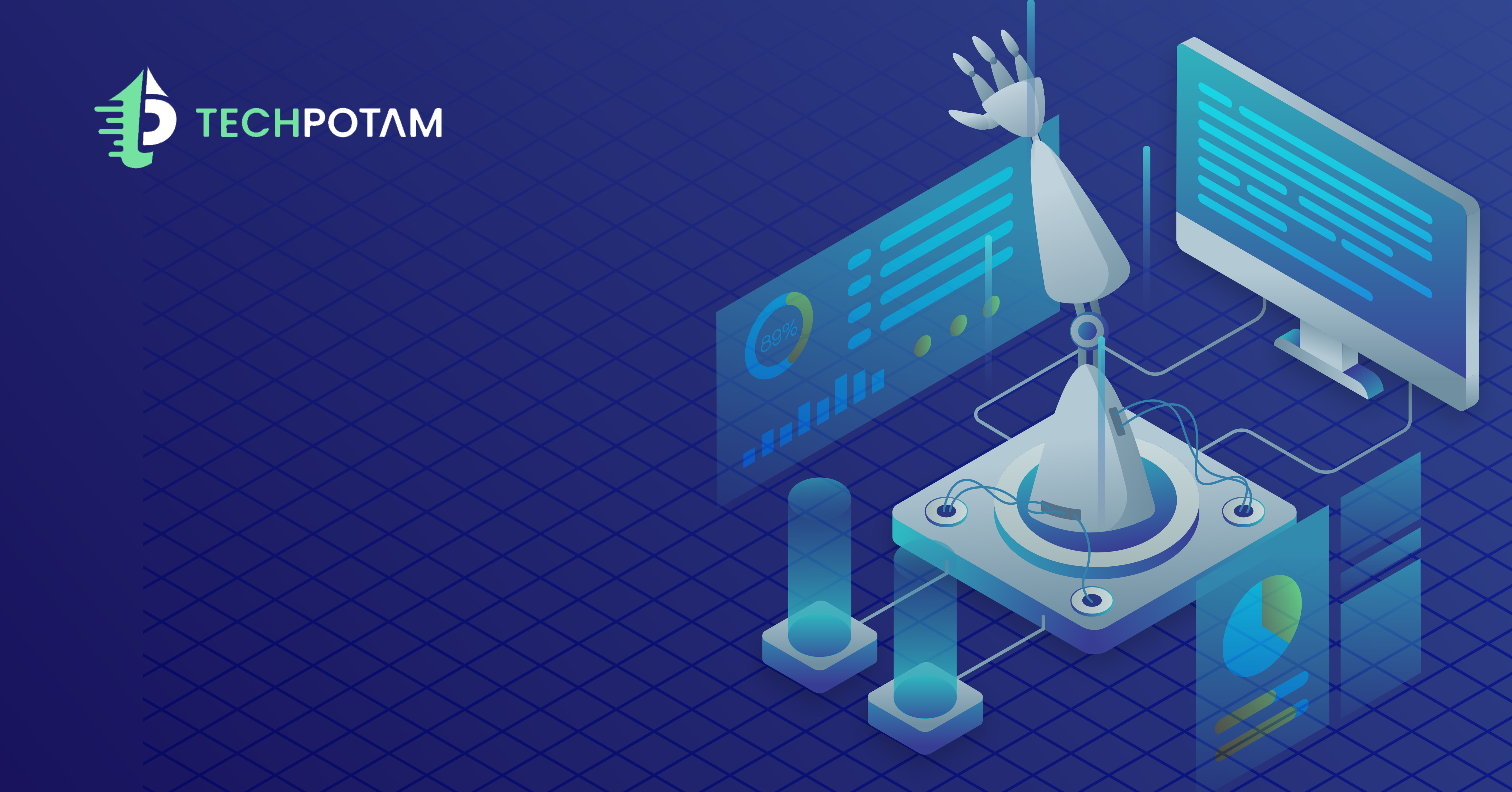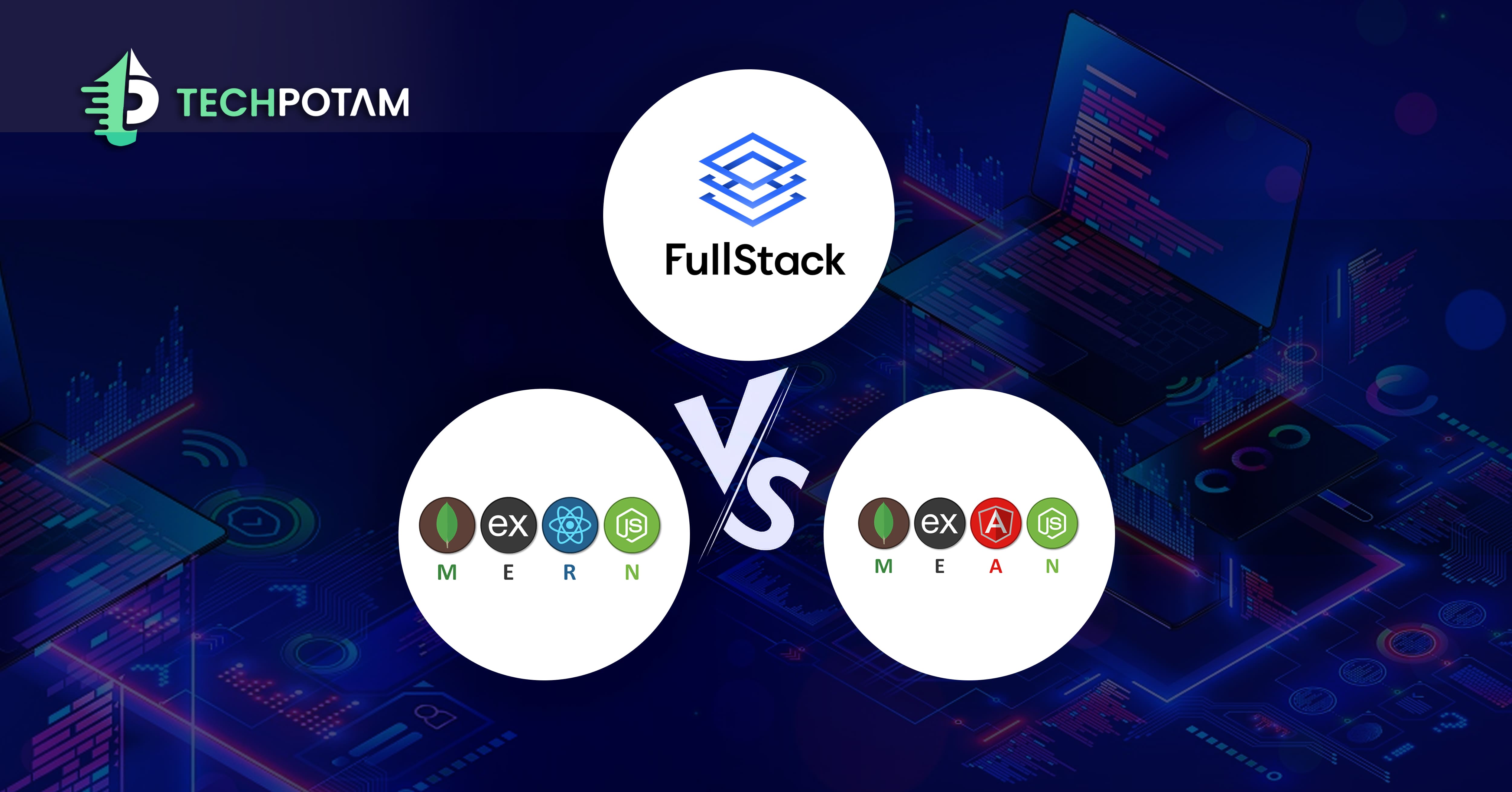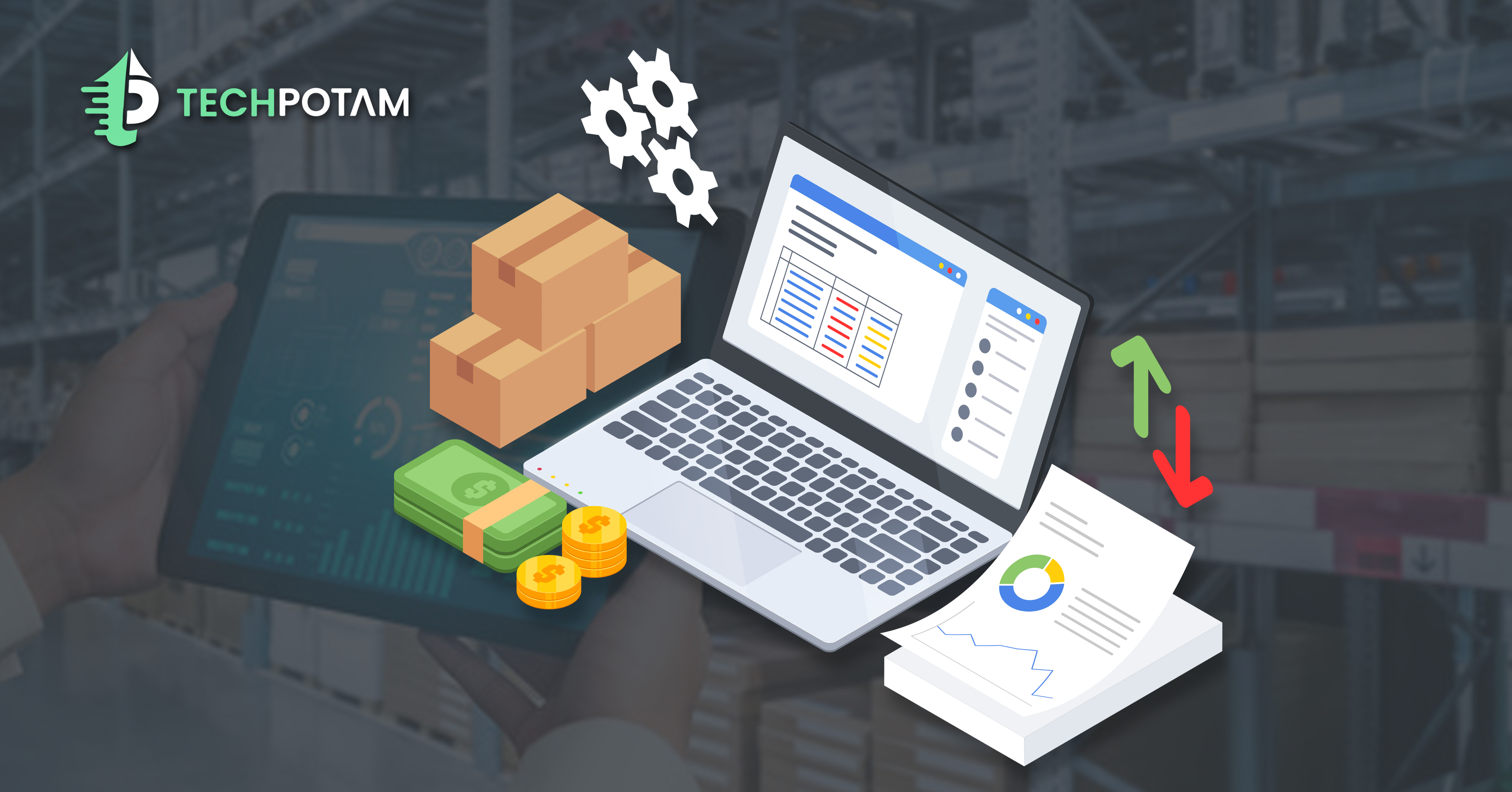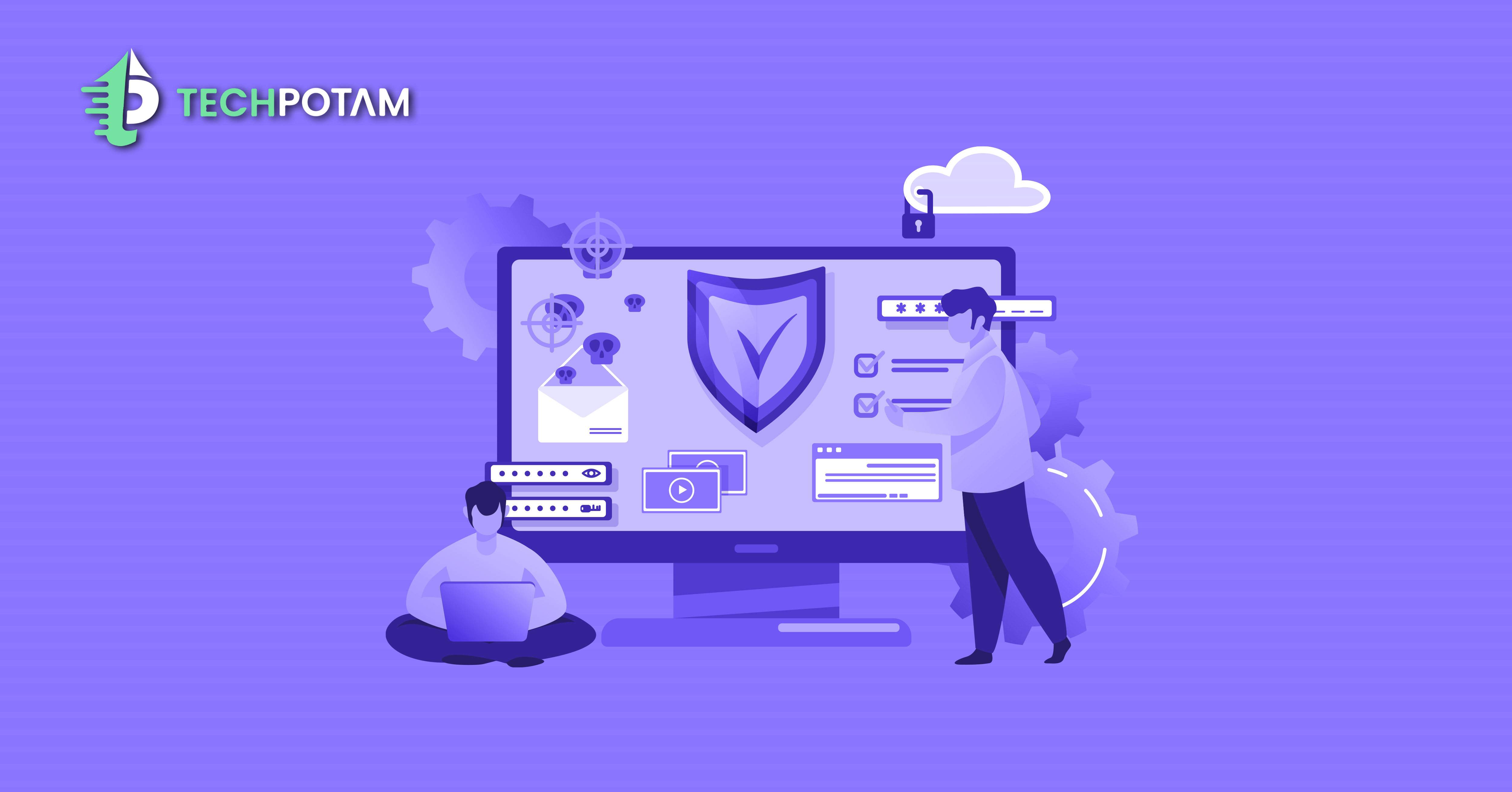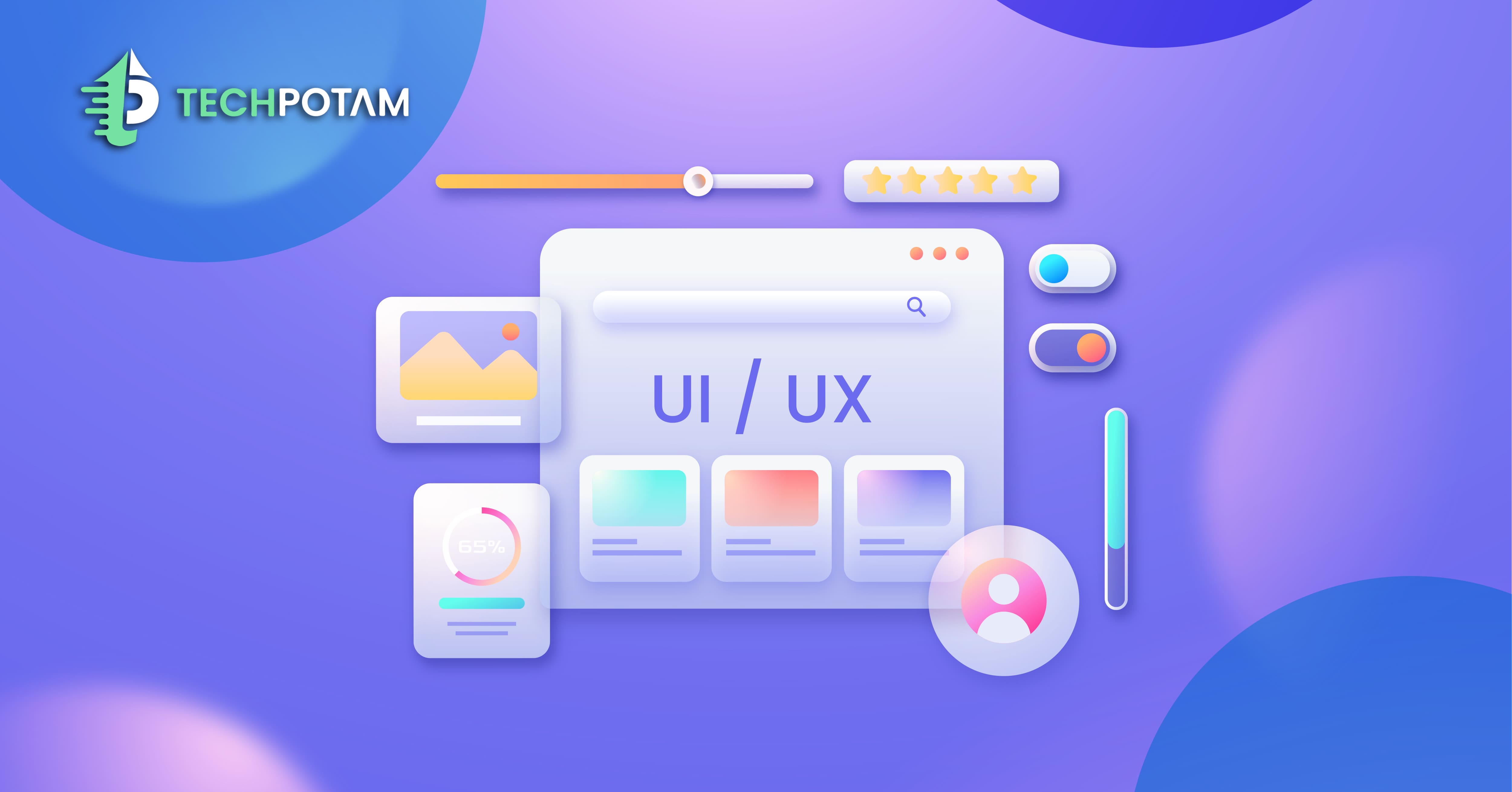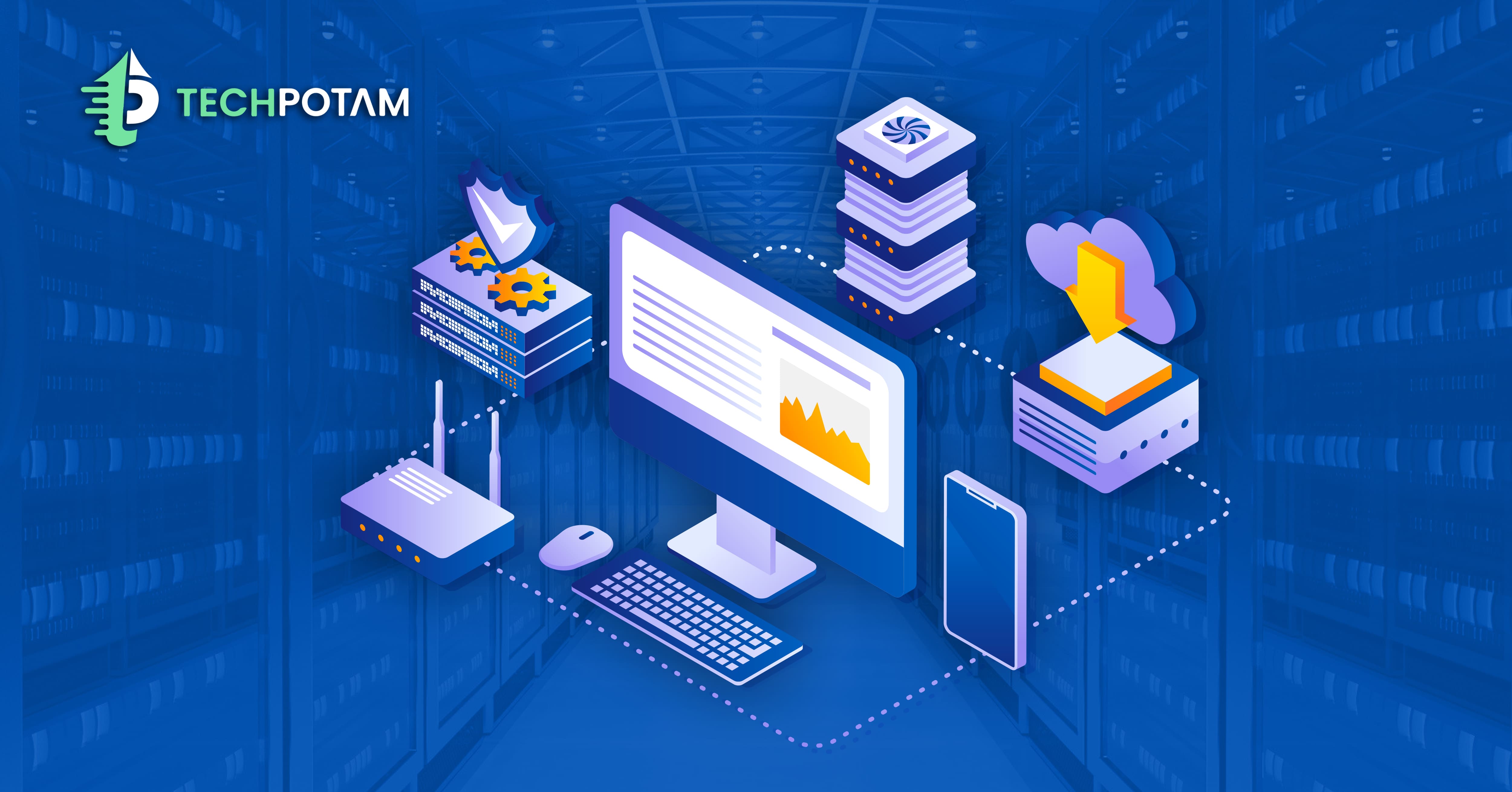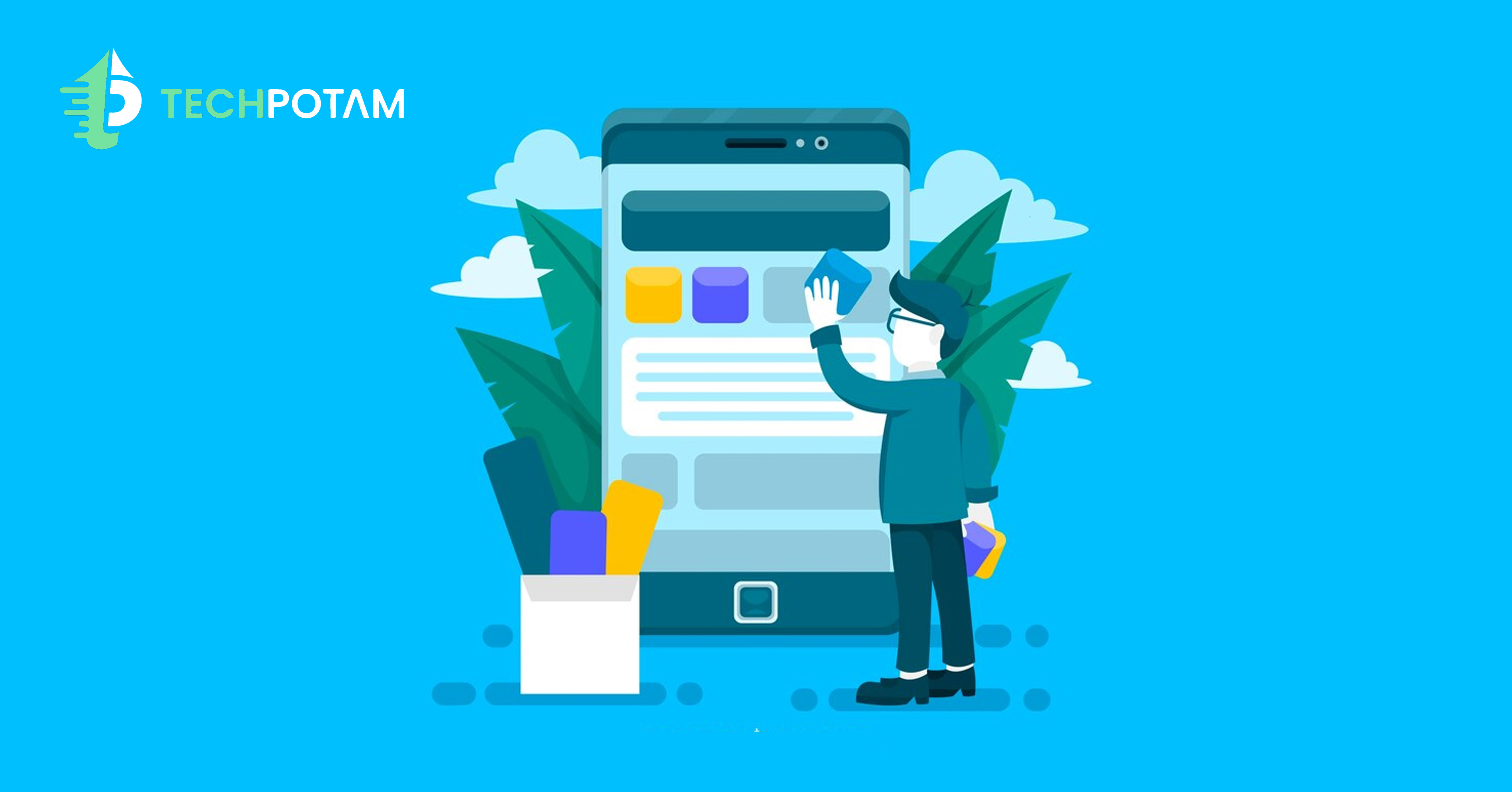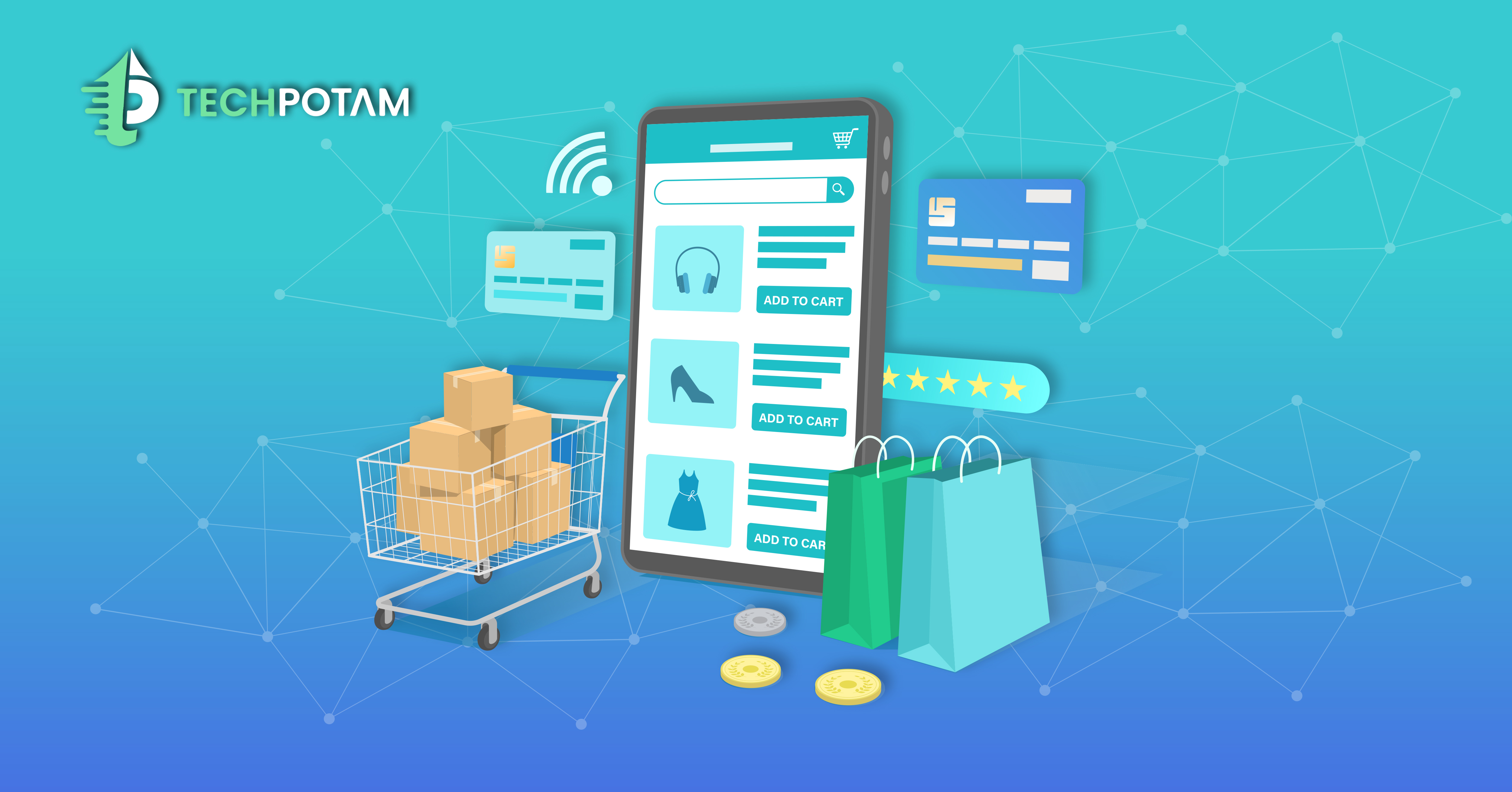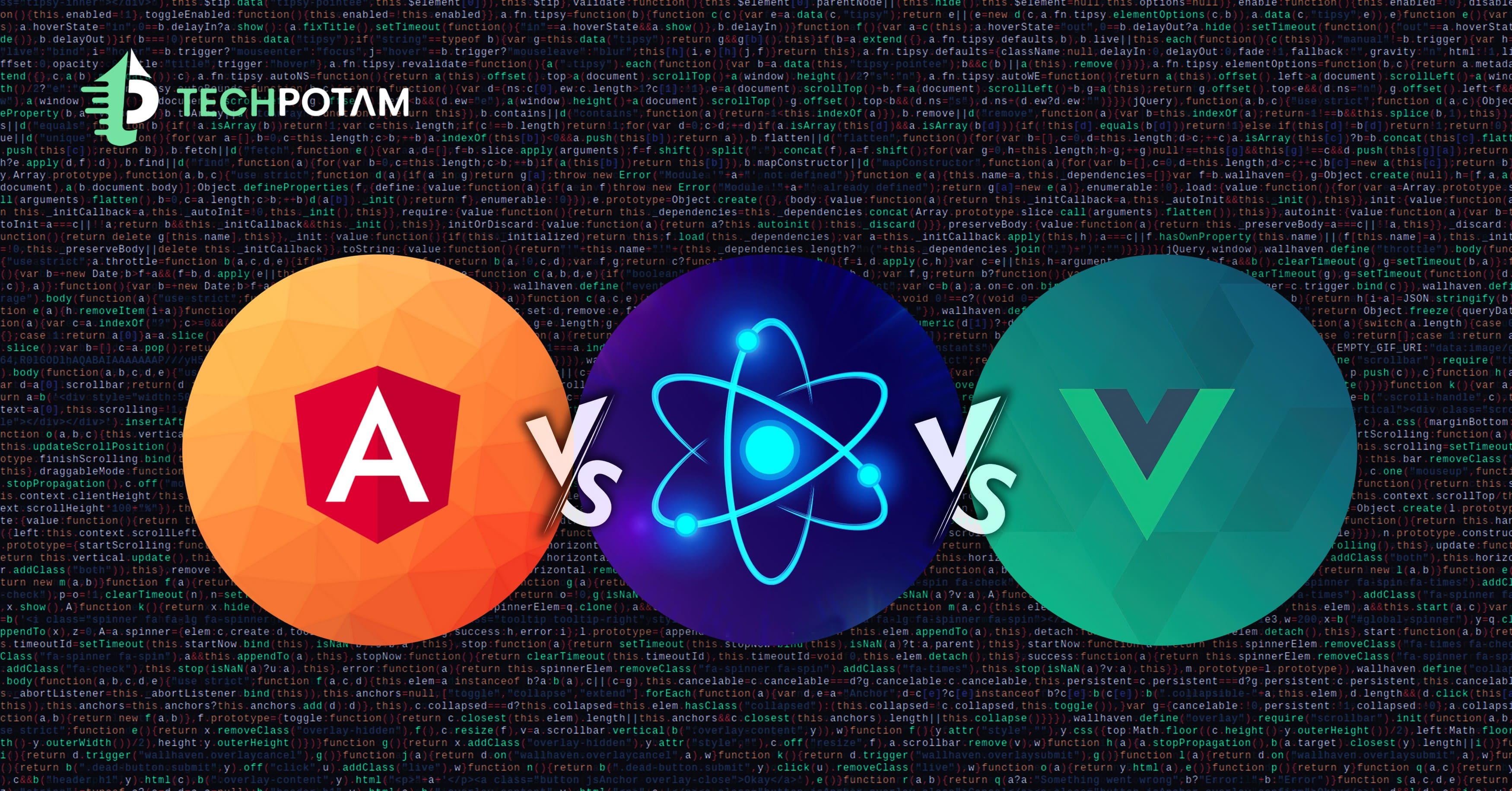Introduction
In the fast-changing world of digital health, developing an app like Patient Access can transform how patients connect with healthcare professionals. These apps make it easier to plan appointments, view medical records, and get consultations, improving patient convenience and treatment quality. However, Build a Healthcare App requires various elements that affect the final cost, particularly in a varied and technologically advanced country like India. This blog will examine the main concerns and costs of creating a healthcare app similar to Patient Access in India.
Key Features of a Healthcare App
To determine the cost, it is critical to define the major elements that a healthcare app includes:
User Registration and Profiles: Enable secure user authentication, profile creation, and management.
Appointment booking: It offers real-time scheduling, calendar connection, and notifications.
Telemedicine: It includes video consultations, chat options, and phone support.
Electronic health records (EHRs): It enable secure access to medical records, test results, and medication information.
Payment Gateway Integration: Offers safe payment options for consultations, treatments, and services.
Notifications and reminders: Get automatic reminders for appointments, prescription regimens, and follow-ups.
Search Functionality: Search functionality includes doctor and specialty searches, hospital locators, and service listings.
Ratings and Reviews: Ratings and reviews are patient feedback tools for healthcare professionals.
Admin Panel: Controls user data, appointments, and analytics.
Factors Influencing the Cost
Development Team and Expertise
The cost is greatly dependent on the competence and location of the development team. In India, you can opt to hire freelancers, a local development agency, or an in-house team. Each choice entails different costs:
-
- Freelancers: Depending on their experience and area of specialty, freelancers might be a very affordable choice. Their charges can vary greatly. Nonetheless, leading and organizing a group of independent contractors can be difficult.
-
- Local Development Agencies: These organizations provide a wide range of services, such as development, design, and project management. They are more expensive but offer complete solutions and are typically more dependable.
-
- In-House Team: Creating an in-house team requires paying salary, overhead, and other expenses related to hiring. Better project control is offered by this method, but it necessitates a large upfront cost and ongoing dedication.
Platform Selection
The cost will also change according on the platform you choose—iOS, Android, or both. It will be less expensive to create a cross-platform app with Flutter or React Native than a native app on every platform. Build a Healthcare App Though native apps often offer better performance and a more seamless user experience, cross-platform development may save time and resources by allowing the use of a single codebase for many platforms.
User Experience and Design
The success of an app is largely dependent on its design and user experience (UX). An app that is well-designed and has an easy-to-use UI can greatly increase user engagement and happiness. Designers and developers must work together to create wireframes, mockups, and prototypes during the design process. Although they can increase the development time and complexity, custom animations, interactive components, and a smooth navigation flow are necessary for a professional end product.
Characteristics and Capabilities
The cost of the software will be directly impacted by its complexity and feature count. While common features like user registration, appointment scheduling, and notifications are important, more complex features like real-time chat, telemedicine capabilities, and interaction with wearables or medical equipment can complicate development. Furthermore, putting strong security measures in place to safeguard private patient information is essential and calls for specific skills and tools.
Development and Integration of Backend
To maintain the operation of the app, control data storage, and guarantee safe communication between the app and servers, a strong backend is required. Setting up servers, databases, and APIs is required for this. The complexity of development further increased by integration with third-party services like telemedicine platforms, EHR systems, and payment gateways. For the app to be dependable and earn users’ trust, these integrations must be safe and easy to use.
Quality Control and Testing
Thorough testing and quality assurance (QA) are necessary to guarantee the application runs properly on various hardware and operating systems. Functional, performance, security, and usability testing are all included in this. Identifying and fixing defects through a comprehensive QA process ensures a dependable and seamless user experience. Although automated testing methods can expedite this process, complex features and user interactions frequently require manual testing.
Compliance and Security
Whichever platform you choose—iOS, Android, or both—will also affect the cost. It will cost less to develop a cross-platform project using Flutter or React Native than it will to develop a native app for every platform. Native applications typically provide better performance and a more smooth user experience, even while cross-platform development may save time and resources by allowing the use of a single codebase for many platforms.
Ongoing maintenance and revisions.
Developing the app is just the first step; to keep it functioning effectively and safely, upgrades and continuing maintenance needed. This includes adding features based on user feedback, updating programs to support new operating systems, and fixing bugs. Frequent maintenance is necessary to keep the app up to date and satisfy user expectations. To manage these tasks effectively, a dedicated team required.
Conclusion
The development team, platform choice, design, functionality, backend development, testing, compliance, and ongoing maintenance are some of the factors that go into creating a healthcare app such as Patient Access in India and ultimately impact the final cost. Build a Healthcare App professionals may create robust, user-friendly software that enhances patient care and the overall healthcare experience by comprehending these requirements and making appropriate plans. Even while the upfront costs could be high, they will pay off in the long run with improved patient involvement, streamlined procedures, and improved health outcome

